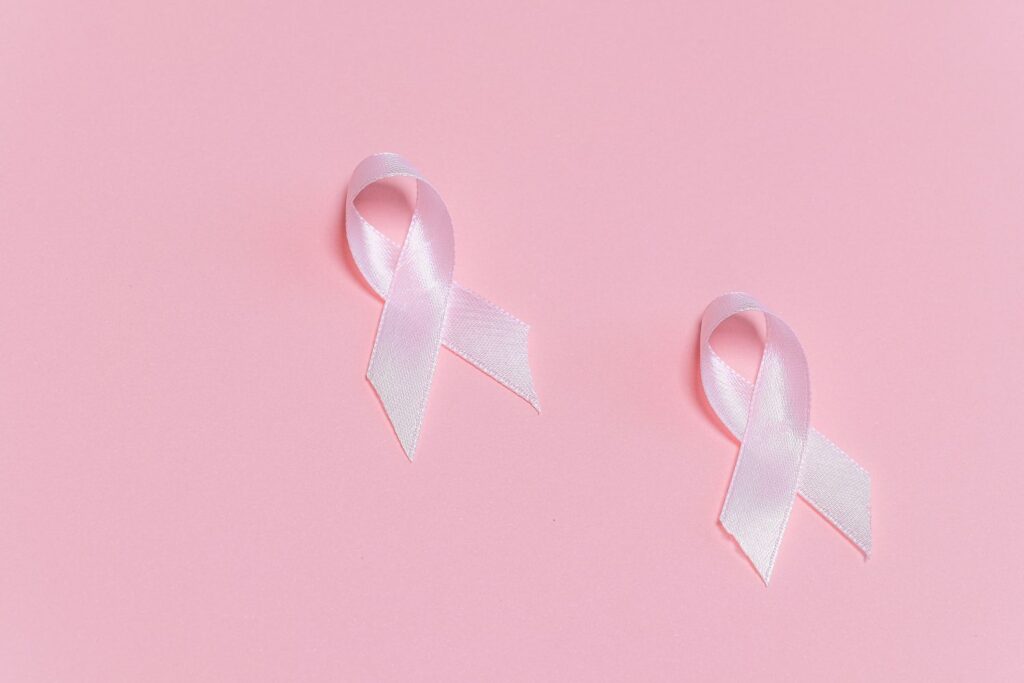According to statistics sourced by Breastcancer.org, approximately one-of-eight U.S. women will experience invasive breast cancer at some point during their life. Breast cancer is the most common form of cancer globally, and it can have a life-changing impact on anyone diagnosed with it. In this article, we discuss some of the leading causes of breast cancer, along with potential treatments and recent statistics.
Table of Contents
How Many Cases of Breast Cancer Are Diagnosed Annually in the U.S.?
The Centers for Disease Control and Prevention (CDC) estimates that approximately 264,000 cases of female breast cancer are diagnosed annually. An additional 2,400 men are diagnosed with breast cancer over the course of a year. A breakdown of reported breast cancer diagnoses from 1999 through 2019 is included below. For the most part, the number of new breast cancer cases has risen annually, peaking at 264,121 in 2019. Since the U.S. population has continued to rise over the years, the corresponding rate of breast cancer diagnoses over the years has not necessarily risen as drastically as the total number of cases.

Types of Breast Cancer
All forms of breast cancer occur when cells begin to grow uncontrollably. However, there are multiple different types of breast cancer. Determining what form of breast cancer a person has is crucial, as the treatment methods, chances of recurring problems, and potential for aggressive growth vary widely by cancer type. Some types of breast cancer that a person can experience include:
- Ductal Carcinoma in Situ (DCIS): This is non-invasive cancer that has not yet spread through the ducts into surrounding breast tissue
- Lobular Carcinoma in Situ (LCIS): This abnormal cell growth begins in the lobules of the breast and is unlikely to spread to other tissues
- Invasive Ductal Carcinoma (IDC): This common form of invasive breast cancer can spread via the bloodstream and lymph system
- Invasive Lobular Carcinoma (ILC): Approximately 10% of invasive breast cancers are invasive lobular carcinoma, which begins in the lobules and may spread
- Inflammatory Breast Cancer: Occurs when cancer blocks lymph vessels and causes irritation
- Paget Disease: This occurs when cancer begins in the breast ducts before spreading to the nipple and areola.
- HER2+ Breast Cancer: This cancer occurs when a person has too many HER2 proteins, which control cell growth rates
Read: Essential Skills for Successful Nursing Careers
What Causes Breast Cancer?

There are a number of risk factors that may increase a person’s likelihood of developing breast cancer. Some factors can be mitigated by a medical treatment plan or lifestyle changes, but others are genetically inherited or challenging to avoid due to their environmental nature.
Breast Cancer Risk Factors That Can be Reduced
It may be possible to reduce the potential impact of the following risk factors to some degree:
- A lack of physical activity: A sedentary lifestyle may increase a person’s risk of developing breast cancer. A regular workout routine may reduce the chances of experiencing breast cancer.
- Obesity after menopause: Being overweight or obese after menopause can heighten the risk of breast cancer development.
- Occupational risk: Certain jobs, such as manufacturing or construction positions, may increase a person’s exposure to cancer-causing environmental factors.
- Reproductive history: A woman whose first pregnancy is past the age of thirty, who never breastfeeds, or who never undergoes a full-term pregnancy may be at increased risk of breast cancer.
- Hormone history: Certain hormone replacement therapies or oral contraceptives have been connected to various cancers.
- Alcohol use: Alcohol use has been connected to some cancers, primarily of the stomach or pancreas, but in other body parts.
Read: Who Will Benefit the Most From Getting Dental Implants
Breast Cancer Risk Factors That Cannot be Changed
Some risk factors for cancer growth cannot be mitigated, even if a person knows them. If you are aware of the presence of any of the following factors, either individually or as a combination, you should speak to a doctor as soon as possible:
- Aging: Aging is a significant risk factor for breast cancer, as most new cases are diagnosed in fifty or older patients.
- Genetic mutations: Certain genetic mutations may increase a person’s risk of developing cancer.
- Dense breasts: Doctors may find seeing tumors on a mammogram more challenging when a person has more dense breasts, and the chances of developing cancer may be higher.
- Prior radiation therapy treatments: Women that previously underwent radiation therapy may be at higher risk of cancer.
- Reproductive history: Women beginning menopause after age 55 or whose menstrual periods started before they turned 12 have longer exposure to hormones that can lead to cancerous growth.
- Exposure to diethylstilbestrol (DES): DES was used to reduce miscarriages in women for several decades in the 20th century. It was later discovered that DES use could cause rare cancer known as clear-cell adenocarcinoma.
- Family or personal history of breast cancer: If a woman or her family member has had breast cancer, they may be at increased risk.
Can Breast Cancer Be Treated?
Particularly when it is detected early enough, it may be possible to treat breast cancer successfully. Early detection is crucial, as it allows doctors to use less aggressive methods to treat the medical condition while it is still in a more easily curable phase. Treatment methods will vary depending on the type of cancer, how aggressively it spreads, whether there is a high probability of recurrence, and what helped other patients with similar conditions. Often, a doctor will turn to either local or systemic treatment methods.
Read: 3 Types of Non-Cancerous Breast Lumps and Their Causes
Local treatments treat the tumor without having an adverse impact on the rest of the body. Surgery and radiation are local treatments. In most cases, some type of surgery will be required to remove the tumor. Other types of treatment may be used before, during, or after the surgical procedure.
Systemic treatments can reach and nullify cancer cells almost anywhere in the host’s body. Drugs used to treat cancer can be injected, introduced into the bloodstream, or given by mouth.
A doctor should always take their patient’s goals into consideration when deciding upon a treatment plan for breast cancer. Speak with your doctor to determine your options and decide about the treatment(s) that best meet your needs.
Speak to a Doctor Today About the Risks of Breast Cancer
If you know that you or a family member are at risk for breast cancer, speaking to a doctor as soon as possible is essential. They may be able to help you mitigate your risk or undergo routine screening to detect any abnormalities. We hope the information in this article helps you and your loved ones stay in good health for many years!













